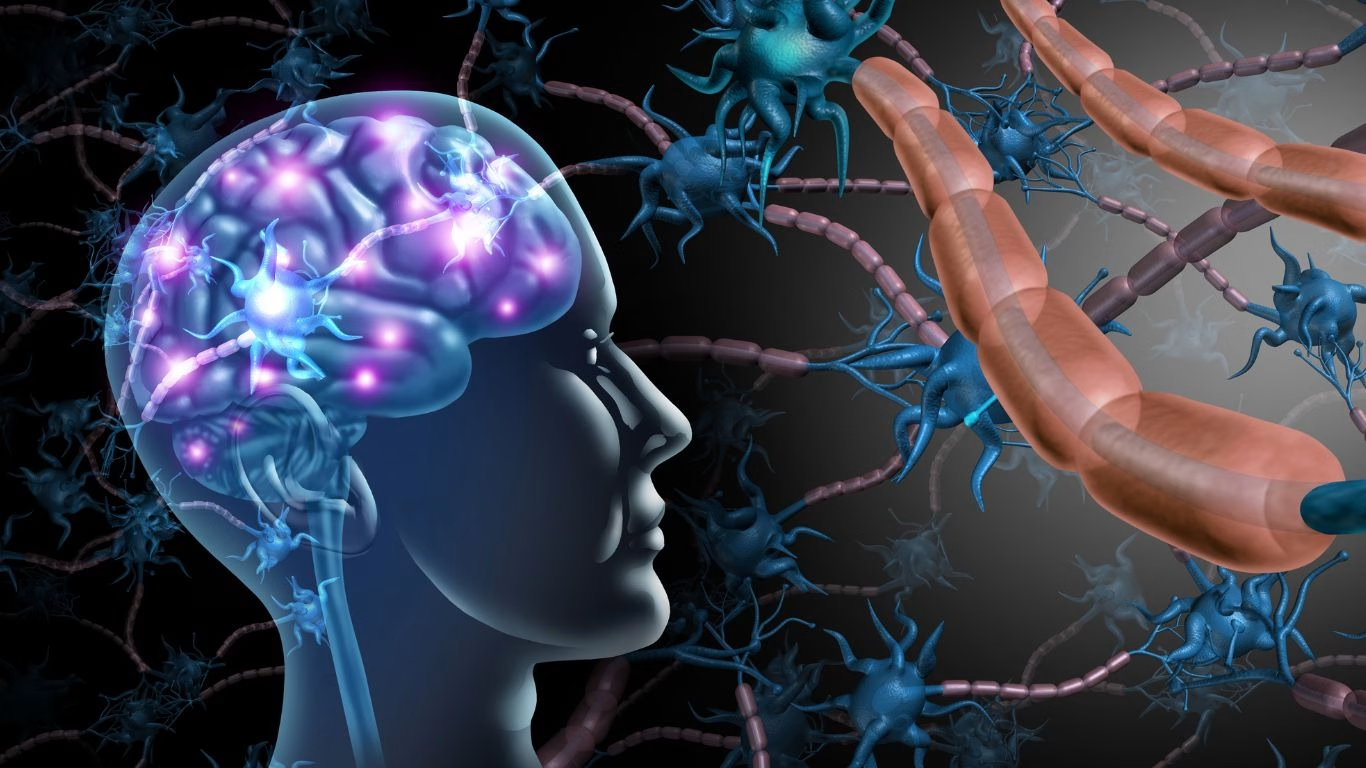Trauma doesn’t just live in our memories, it lives in our bodies. From chronic tension to emotional reactivity, the imprint of past stress can shape how we move through the world, often without us even realising it.
But here’s the hopeful truth: healing from trauma is possible. And it doesn’t have to be overwhelming. With consistent, gentle support and regular mindful practices, even just five minutes a day, you can begin to shift your nervous system from survival mode into safety, presence, and regulation.
What Is Trauma?
Trauma is not just what happens to us – it’s how our body and nervous system respond when we experience something overwhelming. Whether it’s a single event or long-term stress, trauma can leave us stuck in fight, flight, freeze, or fawn states.
According to the Cleveland Clinic, trauma may result in anxiety, emotional dysregulation, flashbacks, physical symptoms, and more. And it doesn’t always come from major life events. Chronic stress, medical issues, childhood patterns, or even subtle emotional neglect can leave lasting imprints on the body.
Why Trauma Healing Matters
When trauma goes unaddressed, it can shape everything from our stress response to how we relate to others and our sense of self. Long-term, it may contribute to issues like:
- Chronic pain and fatigue
- Autoimmune conditions
- Anxiety and depression
- Sleep disturbances
- Emotional numbness or reactivity
But research shows that with the right support, the brain and body can reorganise and recover. This is thanks to neuroplasticity, which is the brain’s ability to form new, healthier pathways, and the body’s capacity to regulate through somatic (body-based) awareness.
As Harvard Health notes, approaches that integrate the body, such as breathwork, mindful movement, and grounding techniques, can be highly effective in calming the nervous system and supporting trauma recovery.
How Trauma Healing Is Done
Trauma healing often involves reconnecting with the body in a safe, gradual way. This doesn’t mean reliving past experiences. It means creating new internal experiences that signal safety, agency, and resilience.
Common trauma-informed practices include:
- Somatic movement: Gentle, mindful movement helps release tension and bring awareness back into the body.
- Breathwork: Regulates the nervous system and anchors the mind.
- Grounding techniques: Using the senses (touch, sound, sight) to stay present and reduce overwhelm.
- Mindfulness and self-compassion: Building emotional awareness without judgment.
According to the National Institute for the Clinical Application of Behavioral Medicine (NICABM), trauma is not “all in the head”. It’s stored in the nervous system. Healing it means working with the body, not just talking about the past.
Just Five Minutes a Day Can Help
You don’t need to dedicate an hour a day or attend a retreat to begin healing. Trauma healing is about consistency, not intensity. A daily five-minute practice, done with intention, can begin to:
- Reduce anxiety and hypervigilance
- Improve sleep and digestion
- Calm your stress response
- Increase emotional regulation
- Build inner safety and trust
Start small. One grounding breath. One slow stretch. One minute of silence with your hand on your heart.
These moments add up. And over time, they help your brain and body learn a new rhythm – one that isn’t rooted in threat, but in presence.
Final Thoughts
Trauma healing isn’t about “fixing” yourself. It’s about remembering who you are beneath the protective layers -safe, capable, and connected.
At BodyLogic.online, we support this gentle, body-first approach to healing. Whether you’re beginning your journey or deepening your practice, remember: you can start with five minutes. And that’s more than enough.






